
A wagging tail, a tilted head, or a sudden zoom around the room—dogs have a language all their own. While some behaviors are easy to love, others leave owners puzzled or even concerned. But behind every bark and bounce is a reason. Understanding what your dog is really trying to say can deepen your bond and help you meet their needs with confidence.
Dogs Behave Like They’re Speaking—Because They Are
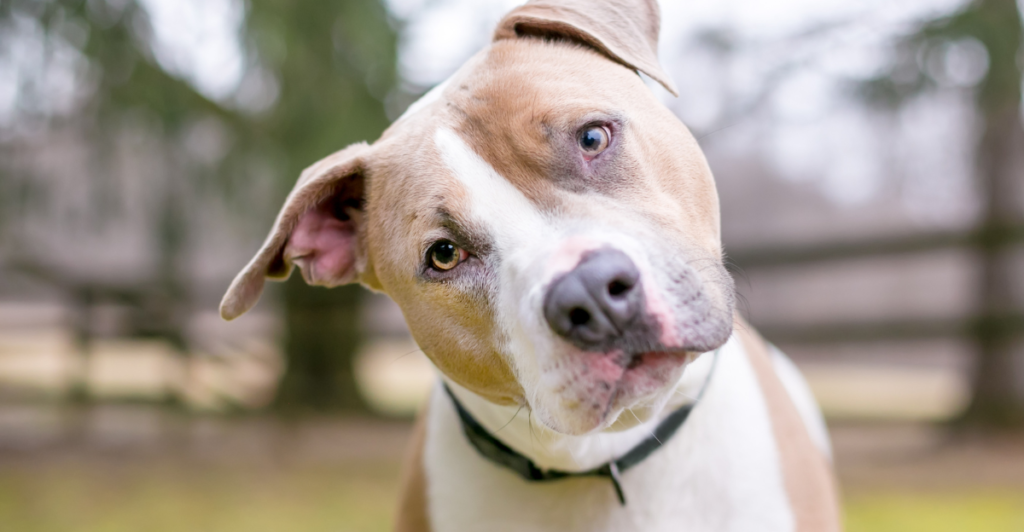
Dogs communicate through a complex array of behaviors that often mystify their human companions. While some actions seem straightforward, others challenge conventional wisdom about canine psychology.
A tail wag can mean happiness—or anxiety. A bark can signal warning, excitement, or confusion. Scientists now recognize dogs as having emotional intelligence rivaling that of toddlers, capable of recognizing up to 89 words or phrases and even reading facial expressions.
Recent advances in canine cognition show dogs employ behaviors as a nuanced language, shaped by both evolutionary instincts and deep social ties with humans. Understanding these behaviors not only deepens the bond between humans and dogs but also reveals surprising insights into their mental processing and social awareness.
1. Wrinkling the Muzzle – A Warning Signal
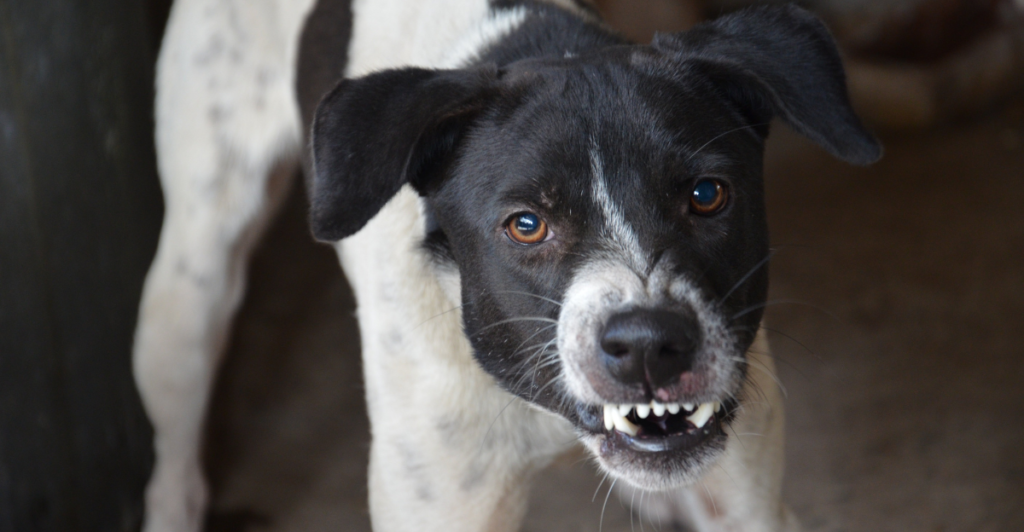
A dog that wrinkles its muzzle, exposes its teeth, and stiffens its body isn’t being dramatic—it’s issuing a final warning before escalating to aggression. This facial expression is an advanced form of canine communication, evolved to prevent physical conflict through clear visual cues.
In pack hierarchies, subtle gestures like snarls help de-escalate tension without bloodshed. Unfortunately, many owners misinterpret muzzle wrinkling as simple bad behavior or assume it’s playful growling, leading to preventable bites. Dogs that learn their early warnings are ignored may escalate quickly to snapping or lunging.
Recognizing these signals as part of a graduated communication ladder is essential for safety. Owners can help their dogs by reducing stress triggers, practicing calming exercises, and seeking professional help for fear-based aggression.
2. Head Tilting – Beyond Curiosity

The classic head tilt often melts hearts, but its purpose runs deeper than endearing quirkiness. Researchers have found that dogs tilt their heads not only to localize sounds but also to enhance auditory focus—almost like adjusting an internal radar to pinpoint speech direction.
A 2021 study from Eötvös Loránd University in Hungary revealed that “gifted word learner” dogs tilted their heads significantly more when recalling specific object names, hinting at a cognitive connection. It may also serve as a visual aid, helping dogs better read human facial expressions by shifting their line of sight around obstructive snouts.
Interestingly, some dogs never tilt their heads, which doesn’t imply a lack of intelligence—just differences in attention styles. Using consistent tone and phrasing when giving commands can enhance this behavior’s usefulness in training and emotional connection.
3. Zoomies – A Happiness Indicator with Evolutionary Roots
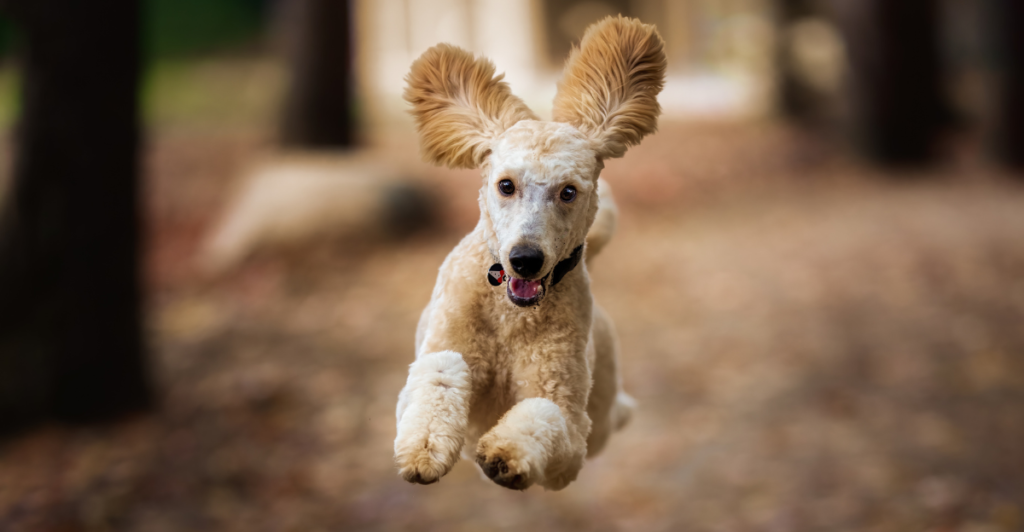
The infamous “zoomies”—when dogs sprint wildly in circles or figure-eights—may seem silly, but they carry deep evolutionary meaning. These sudden bursts of frenetic activity, technically called Frenetic Random Activity Periods (FRAPs), are often triggered by joy, stress release, or excess energy.
Evolutionarily, they mimic the high-energy movements wild canids use to elude predators or sharpen agility for hunting. Puppies and younger dogs experience zoomies more frequently, but the presence of FRAPs is actually a sign of good physical health and emotional well-being.
Dogs that never engage in this behavior may be sedentary due to health issues, fear, or lack of stimulation. Creating a safe, open space where dogs can release energy without injury is key.
4. Rolling in Gross Things – A Primitive Communication Tool
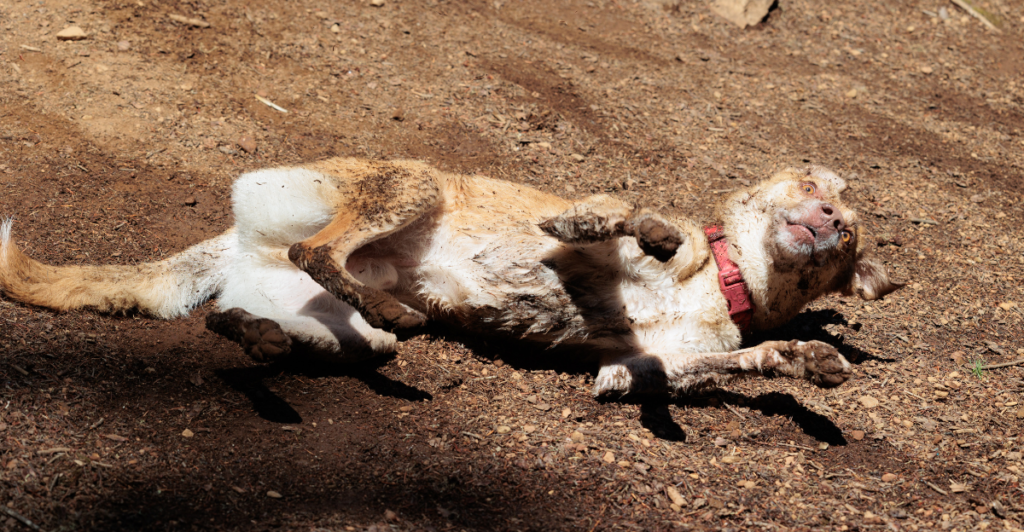
When a dog gleefully rolls in garbage or animal remains, it seems like the height of bad manners. But this behavior is deeply rooted in survival instincts. Wild dogs have been observed rolling in strong odors to mask their scent from prey or to carry new smells back to their pack—essentially “reporting” discoveries through scent-sharing.
Some scientists believe it’s a primitive version of storytelling. Domesticated dogs may retain this drive as an instinctual behavior, even though it’s no longer functionally necessary. It could also be sensory enrichment, as novel or intense scents trigger a dopamine release.
Instead of punishment, redirect this behavior with toys infused with safe, interesting scents or engaging sniff-based games that tap into the same instinct.
5. Eating Poop – A Misunderstood Habit
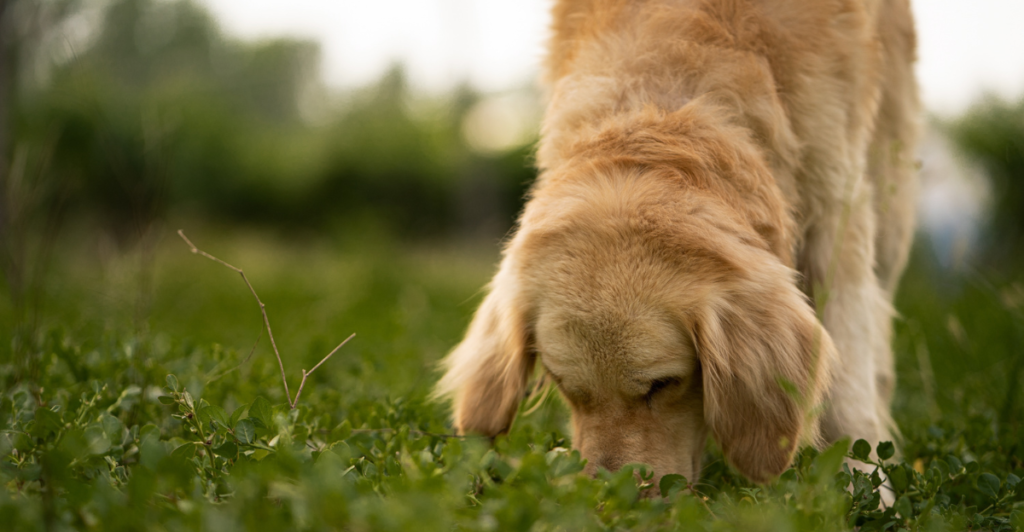
As revolting as it seems, poop-eating—called coprophagia—is surprisingly common and not necessarily a sign of illness or behavioral issues. While it can stem from dietary deficiencies or stress, it may also reflect ancient survival strategies.
In the wild, mother dogs clean up their puppies’ waste to keep predators away, while other pack members may consume feces to prevent the spread of disease near communal dens. Some dogs, particularly those in multi-dog households, mimic this behavior as a social response.
Modern science suggests that nutrient malabsorption or enzyme imbalances may drive some cases. Solutions include enzyme supplements, diet changes, and increased mental stimulation. It’s also worth noting that punishment is ineffective here and may exacerbate the habit due to stress.
6. Butt Sniffing – The Canine ID System
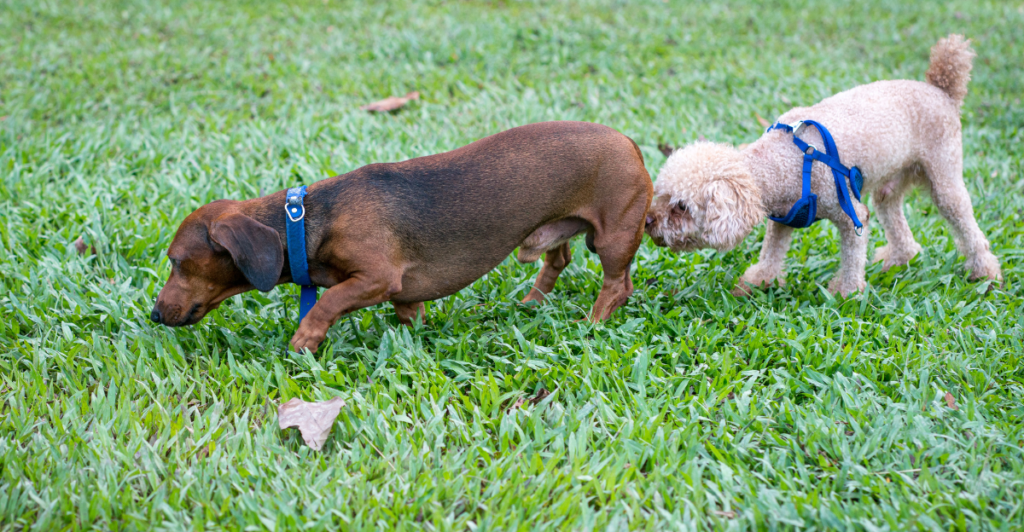
While awkward for humans to witness, butt sniffing is an essential greeting ritual for dogs. It’s how they gather crucial social information through specialized glands located around the anus, known as anal sacs.
These glands emit pheromones unique to each dog, revealing age, sex, mood, and even diet. Think of it as a business card exchange powered by scent. A dog’s Jacobsen’s organ, located in the nasal cavity, processes these chemical signals more intensely than the typical sense of smell.
Dogs that refuse to sniff or be sniffed might be fearful or lacking socialization. Owners should allow this interaction during dog introductions but remain watchful—it’s not uncommon for dominance displays or fear-based aggression to follow.
7. Circling Before Lying Down – A Survival Instinct

When dogs circle before lying down, they’re not just being picky about comfort—it’s a behavior inherited from their wild ancestors. Wolves and wild dogs perform this ritual to tamp down grass, scare away hidden pests, and create a clear, safe space to rest.
The circling helps align the body in a specific direction, which some believe relates to magnetic fields—a controversial but increasingly studied theory. Another practical function lies in scent-marking: dogs have sweat glands in their paw pads, and circling helps mark their territory before sleeping.
While domesticated dogs no longer need to create protective beds, the behavior remains hardwired as a calming and instinctual pre-sleep routine. If a dog seems restless or circles excessively without lying down, it may signal joint pain or neurological discomfort, warranting a vet check.
8. Humping – More Than Dominance
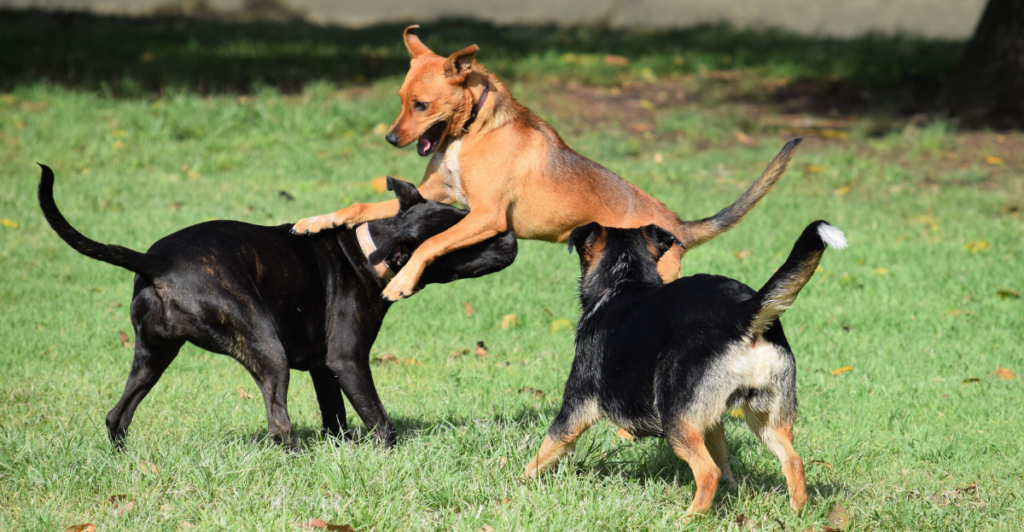
Humping often causes embarrassment, but it’s far more complex than an act of dominance or mating drive. Dogs hump due to excitement, stress, compulsive behavior, or even boredom. In group play settings, both male and female dogs may hump as a form of social negotiation or energy discharge—not necessarily power plays.
Veterinary behaviorists also note that humping can indicate medical issues such as urinary tract infections, allergies, or skin irritation. Neutering may reduce the frequency in some dogs but doesn’t address underlying triggers.
Instead of punishment, owners should gently redirect the behavior with toys, commands, or structured playtime. Consistency and positive reinforcement are key to managing it.
9. Licking Humans – A Multifaceted Gesture
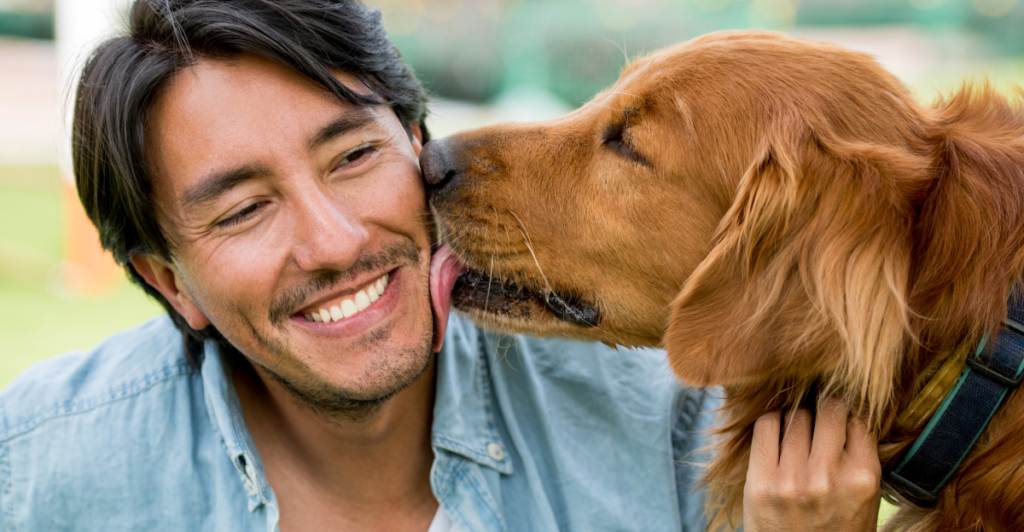
When your dog licks your face, hands, or even feet, the gesture may feel like affection—but it stems from multiple, layered instincts. Puppies lick their mothers’ mouths to prompt regurgitation, a behavior hardwired into early development. Licking also releases endorphins, serving as a self-soothing action in times of stress.
From a sensory standpoint, dogs may be drawn to the salty residue on human skin, especially after sweating. Some dogs lick as a submission signal, especially when meeting new people or returning owners. Excessive licking, however, can signal anxiety, attention-seeking behavior, or even obsessive-compulsive tendencies.
While gentle licking is usually harmless, owners should discourage over-licking through redirection and increased mental engagement.
10. Digging Holes – Instinct Meets Problem-Solving
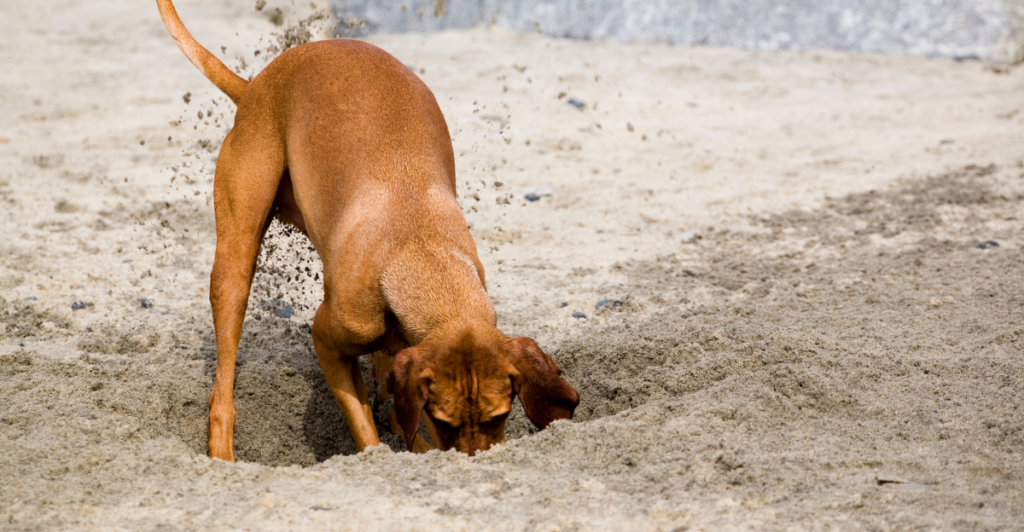
Digging may seem like mindless destruction, but it often reflects high intelligence and complex instincts. Dogs dig for many reasons: to hide food, chase subterranean prey, or cool themselves in hot weather. Arctic breeds, like Siberian Huskies, dig to create insulating dens, while terriers were bred specifically for their burrowing abilities.
Some dogs even dig as a stress relief mechanism when left alone or under-stimulated. Psychologically, it’s an outlet for mental and physical energy—a puzzle-solving task rooted in ancestral survival.
Owners who punish digging without addressing its cause may worsen the problem. Instead, designate digging zones or use sandbox-style play areas to encourage appropriate excavation. Adding puzzle feeders and scent-based activities also helps redirect this behavior constructively.
Explore more of our trending stories and hit Follow to keep them coming to your feed!

Don’t miss out on more stories like this! Hit the Follow button at the top of this article to stay updated with the latest news. Share your thoughts in the comments—we’d love to hear from you!







